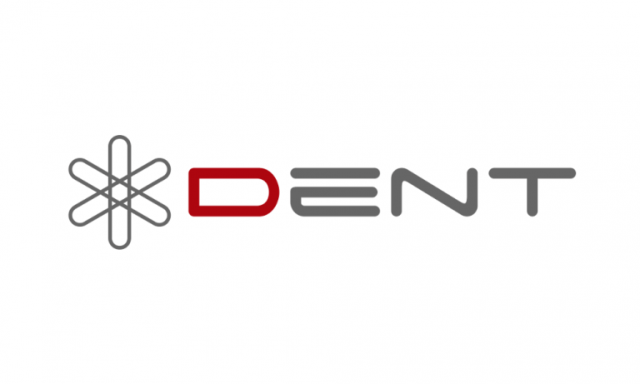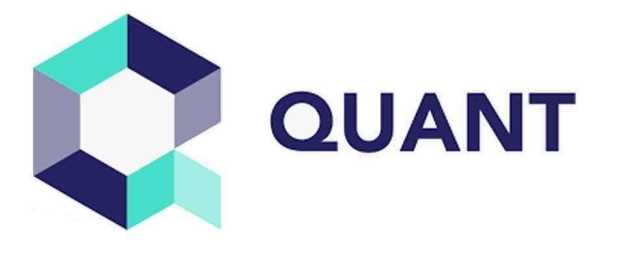
Most email encryption today relies on public-key cryptography, with Rivest–Shamir–Adleman (RSA) and elliptic curve cryptography (ECC) being the most popular. These systems work on the principle that some mathematical problems are very hard for classical computers to solve. The potential capabilities of fully realised quantum computers are staggering. They could revolutionise drug discovery, optimise financial models, enhance artificial intelligence, and, yes, crack many of our current encryption methods. Broadly speaking, cryptocurrencies use encryption methods to make transactions anonymous and secure.
Benefits of cryptography in blockchain
Healthcare services primarily use blockchain to securely encrypt patient data stored in their medical records. Particular functions, like smart contracts, automate processes such as insurance claims processing and medication adherence monitoring, which enhances efficiency and reduces administrative overhead. Blockchain also facilitates secure sharing of medical data between healthcare providers, patients and researchers, and is even being recruited by genome-sequencing startups to help crack the genetic code.

More contents to be discovered…

For the sake of our example, let’s say that the two values matched, and the data is in fact legitimate. We sign a receipt to verify that the information on it is correct and retains its integrity. It’s very hard to repudiate our handwritten Blockchain Cryptography signatures, because they are so hard to copy. Since we have our signatures on our bank and ID cards, they also serve as a form of authentication. Anyone can check whether a signature matches the government-issued identity.
Blockchain Encryption and Decryption
- With cryptographic hash functions, you don’t have to be concerned about two different inputs producing the same output.
- A prime example of this vulnerability is Shor’s algorithm, which can factor large integers exponentially faster than the best-known algorithms running on classical computers.
- As a result, the hash function always produces an output with the same length, regardless of how many times you enter a certain input.
- One of the earliest blockchain-like initiatives was Nick Szabo’s 1998 mechanism called bit gold.
In the past couple of years, we’ve all heard a bunch of talk about quantum computing, but what does it actually mean? We all know that a quantum computer is powerful, but it seems like the world doesn’t know much about the progress we’ve made so far and the https://www.tokenexus.com/ impact that it will have on the world. Impact on your credit may vary, as credit scores are independently determined by credit bureaus based on a number of factors including the financial decisions you make with other financial services organizations.

It aids in the security of various transactions on the blockchain network. It assures that only the person supposed to receive, read, and process the transaction data may do so. Cryptography techniques are derived from mathematical principles and a collection of rule-based calculations known as algorithms to change messages in ways that make them difficult to decode. These algorithms generate cryptographic keys, digitally sign documents, verify data privacy, and safeguard secret transactions such as credit card and debit card transactions. Maintaining the security of participants and transactions as well as safeguarding against double-spending, is the primary focus of cryptography.
Private Blockchain
It provides a set of mathematical safeguards- encryption and hash function that aids in maintaining the integrity and privacy of blockchain data. Cocooning data in an encryption layer, makes information unintelligible to unauthorized viewers, effectively fortifying data security. Simultaneously, the hash function, a specific type of encryption, converts data into a unique string of characters. This hash, a sort of digital fingerprint, plays a pivotal role in verifying data authenticity and protecting against modifications. They are used to approve transactions by signing them securely (offline) and are also used for multi-signature contracts and digital wallets on the blockchain.
- A full node can be used both as a wallet, and to verify the chain of transactions, because it contains a complete copy of the blockchain.
- Each block is encrypted for protection and chained to the preceding block — hence, “blockchain” — establishing a code-based chronological order.
- This section provides a brief introduction to four different models that have developed by demand.
- Blockchain and other collaborative technologies promise to significantly reduce the “cost of trust” by enhancing the commercial activities that take place between firms.
- Blockchain makes the creation, ownership and trading of NFTs, or non-fungible tokens, possible.
- It’s suitable for the system’s needs because it is relatively difficult to compute the solution, but easy to verify it.
- More specific than overall encryption, these signatures involve the use of a private key, which for instance, encrypts a cryptocurrency payment transaction.
- Instead, it’s easier to focus on creating classical algorithms that can resist quantum attacks.
- These immutable digital documents use several techniques to create a trustless, intermediary-free system.
- However, in this case, the same plaintext block will continuously be encrypted to the same ciphertext.
- At first, nobody really knew what was going on with Blockchain technology and its capabilities, but it turned out that it has the potential to revolutionize the global financial industry.
- The only way to solve the SHA-256 cryptographic puzzles and win the reward is through brute force.
It is like a digital record book that everyone can write but nobody can erase. It is the main thing that powers cryptocurrencies like Bitcoin and Ethereum, and ensures their transparency and security without needing a middleman like a bank. A blockchain is a digital ledger of transactions maintained by a network of computers in a way that makes it difficult to hack or alter. The technology offers a secure way for individuals to deal directly with each other, without an intermediary like a government, bank or other third party.
